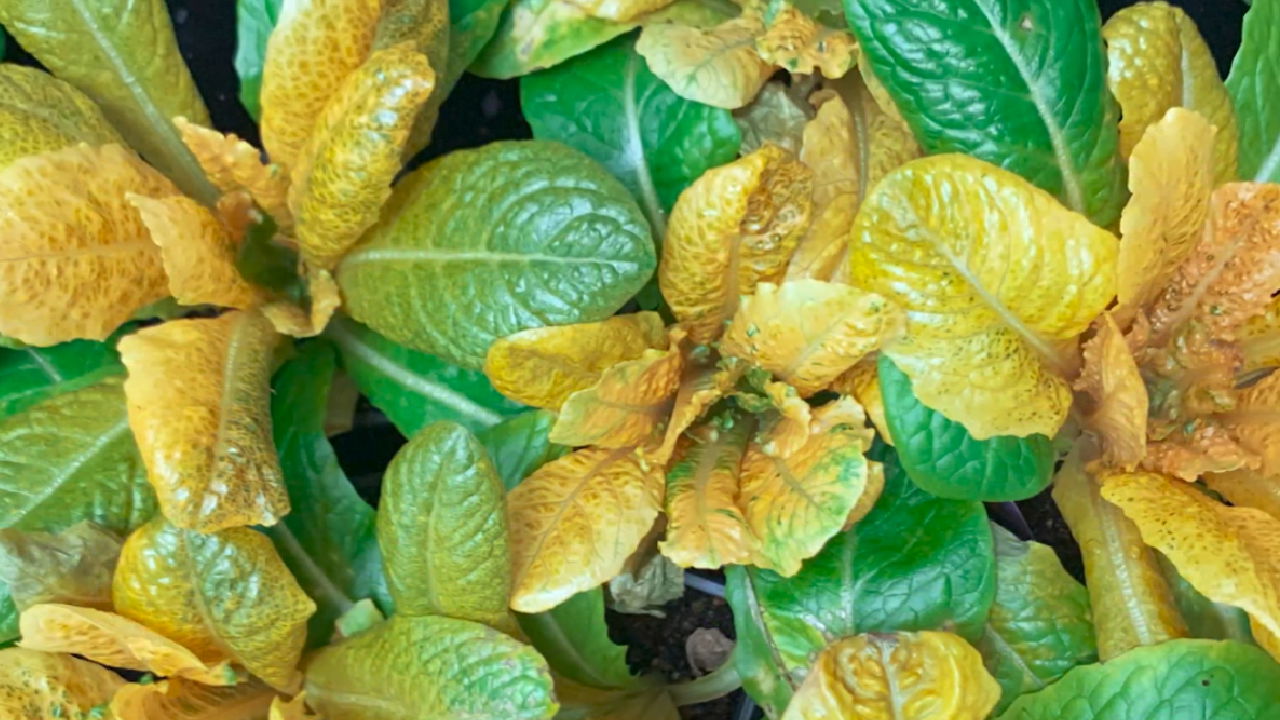
A research team from the Research Institute for Plant Molecular and Cellular Biology (IBMCP), a collaboration between the Spanish National Research Council (CSIC) and the Universitat Politècnica de València (UPV), has discovered a new way to make leafy greens like lettuce much healthier. By using special biotechnological techniques and exposing the plants to bright light, they were able to increase the amount of beta-carotene in the leaves by up to 30 times. Beta-carotene is a key nutrient that our bodies turn into vitamin A, which is important for good vision, a strong immune system, and overall health.
Boosting Beta-Carotene in Leaves
Beta-carotene is a natural pigment found in plants that's essential for many important functions in our bodies, such as supporting vision, boosting our immune system, and aiding cell growth. In their research, scientists used tobacco plants for laboratory tests and lettuce (Lactuca sativa) for real-world cultivation to show that they could enhance the nutritional content of these plants without harming essential processes like photosynthesis.
Manuel Rodríguez Concepción, a researcher at IBMCP, explained, "Leaves need carotenoids like beta-carotene to work well in the parts of the plant responsible for photosynthesis. However, if there's too much or too little beta-carotene, it can damage those important areas. Our research successfully increased beta-carotene levels by storing it in specific parts of the cells that don’t interfere with photosynthesis." This means plants can be healthier and more nutritious without affecting their growth.
Innovative Storage and Higher Bioaccessibility
The study, published in The Plant Journal, found that beta-carotene can be stored in parts of plant cells where carotenoids usually aren’t found. The researchers focused on plastoglobules, which are fat storage vesicles inside chloroplasts. By encouraging the development of these plastoglobules, they were able to store large amounts of beta-carotene without interfering with the plant's ability to perform photosynthesis. Normally, these plastoglobules don’t contain carotenoids, but with the right biotechnological techniques and light treatments, they can hold beta-carotene.
Luca Morelli, the study's first author, pointed out that this method not only boosts the amount of beta-carotene in the plants but also improves its bioaccessibility, meaning it’s easier for our bodies to absorb. "Stimulating plastoglobules enhances the bioaccessibility of beta-carotene, making it simpler to extract and absorb from the food we eat," he explained. This is an important step towards making our diets healthier.
Combining Strategies for Higher Yields
In addition to storing beta-carotene in plastoglobules, the research team found a way to accumulate it in the cytosol, which is the fluid surrounding the organelles inside plant cells. By using both methods together, they achieved an impressive 30-fold increase in beta-carotene content, giving the leaves a unique golden color.
"This discovery is a significant step forward for biofortification," said co-author Pablo Pérez Colao. "Now, we can produce and store high levels of beta-carotene without affecting the plant's natural flavor and aroma." This advancement could lead to healthier leafy greens that retain their delicious taste.
Future Impact on Nutrition
This innovative approach to biofortification has great potential for improving human nutrition. By increasing the levels of beta-carotene in leafy greens like lettuce, chard, and spinach, this research is a significant step in fighting vitamin A deficiency. This deficiency is especially concerning in areas where people have limited access to nutritious foods.
The study's findings offer a hopeful solution for boosting the nutritional value of these everyday vegetables, paving the way for healthier diets through natural methods. This could help people get the essential vitamins they need without relying solely on supplements.
Reference: Morelli L, Perez-Colao P, Reig-Lopez D, Di X, Llorente B, Rodriguez-Concepcion M. "Boosting pro-vitamin A content and bioaccessibility in leaves by combining engineered biosynthesis and storage pathways with high-light treatments." Plant Journal. 2024. DOI: https://doi.org/10.1111/tpj.16964
(Source:Universitat Politècnica de València)
















